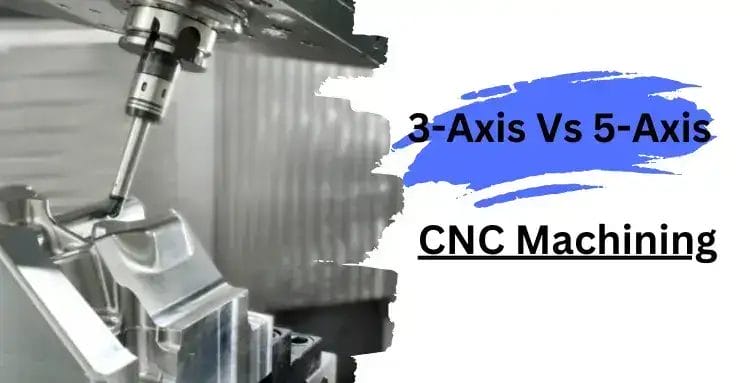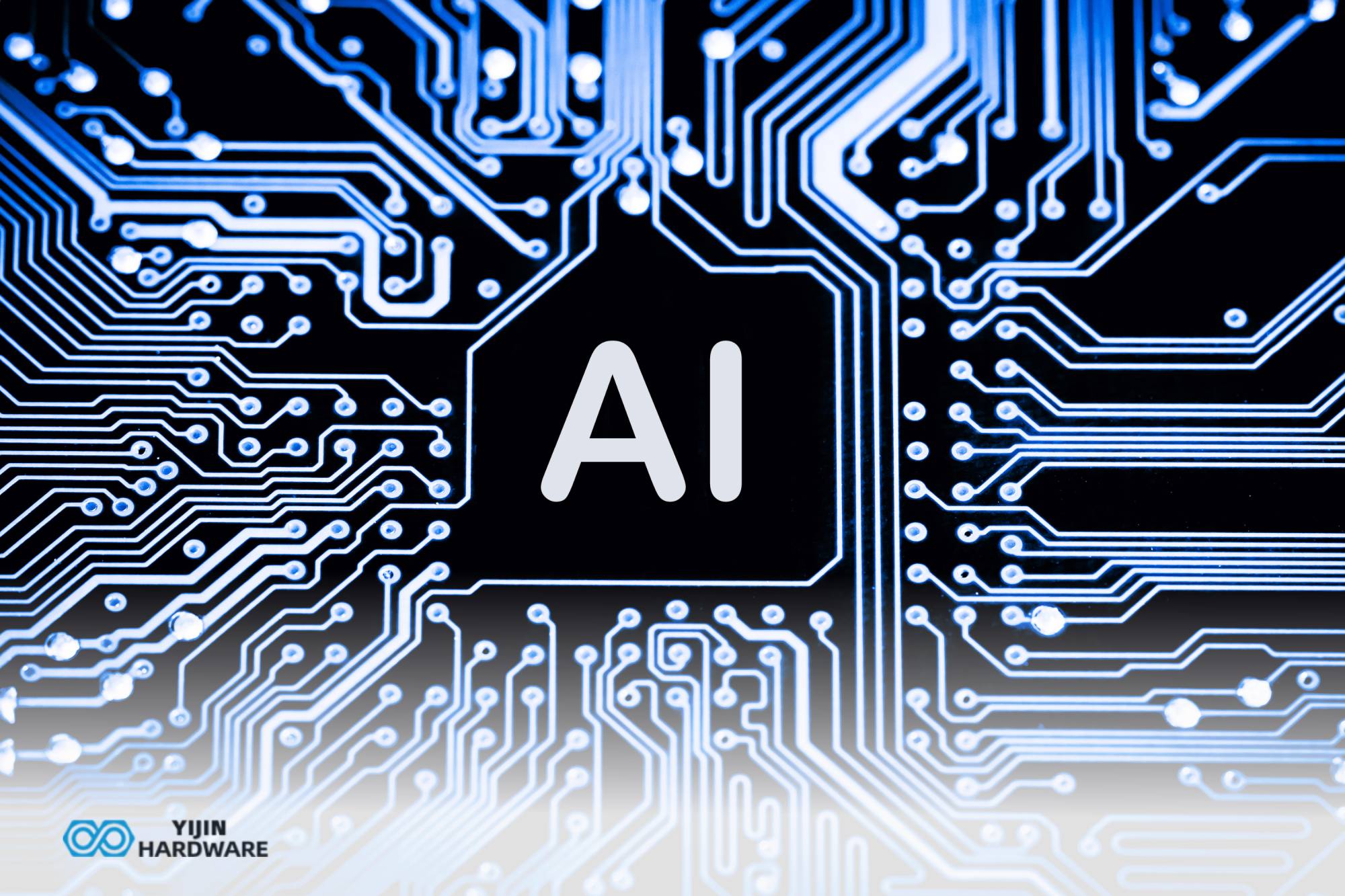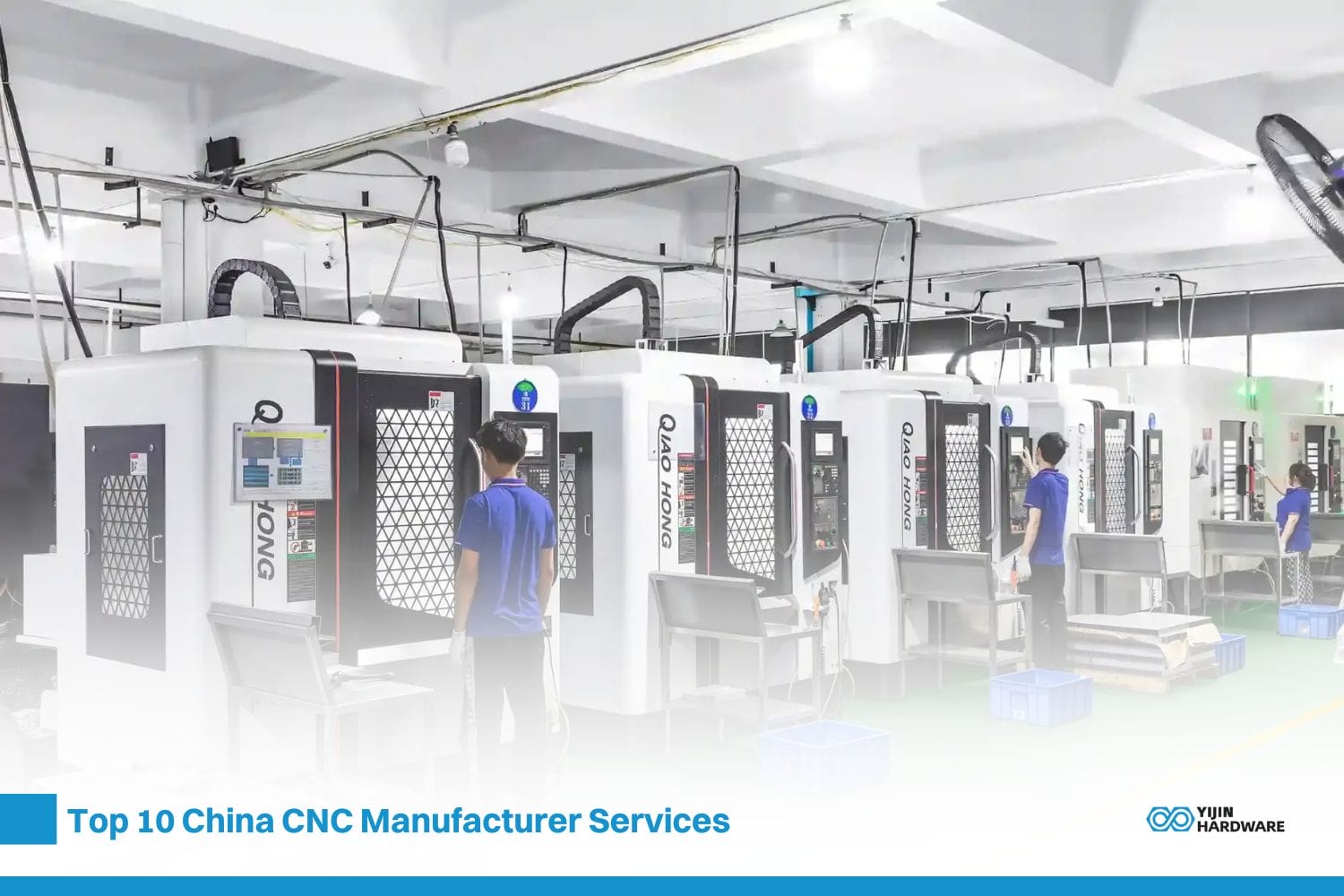Today’s content is something that most people, even professional designers and architects, do not know. This is basic knowledge. I often see a 3-axis CNC, but I have never seen a 5-axis. I don’t know what changes in the first place. What can the 3-axis do and what can the 5-axis do?
The wider choice of materials and unique parts requirement is increasing the demand for CNC machines. Yet, several people are unable to take full advantage of the latest CNC machines e.g. 5-axis machines. Simultaneously, 3-axis machining remains a complex topic for them.
Therefore, understanding the difference between 3-axis and 5-axis CNC machining is essential. Otherwise, you can’t get the maximum output. Ultimately, you will end the project by spending a lot of money and time.
We know with each passing day, the requirements are different. More complicated designs are surfing. In this situation, it is also becoming challenging for customers to choose between the right CNC machines.
So in this article, we are going to cover how these machines work and for what type of projects, you can use an advanced axis. For instance, low-cost projects consider a 3-axis for machining. On the other hand, more complex designs are tackled by 5-axis machining. We shall uncover each step by step.
What are axes in CNC?
There is a little point to note here about CNC machining. CNC with a fixed head (3-axis) will have a different number of arms compared to a CNC with rotational capability (5-axis). The area circled in the photo will be the head that grips each blade.
Core Components and Differences: 3-Axis vs. 5-Axis CNC Machines
| Component | 3-Axis CNC Machine | 5-Axis CNC Machine |
| CNC Control Unit | Identical | Identical |
| Drive System | Identical | Identical |
| Base and Column | Identical | Identical |
| Spindle | Identical | Identical |
| Tool Changer | Identical | Identical |
| Axes | 3 linear axes (X, Y, Z) | 3 linear axes (X, Y, Z) + 2 rotational axes (A & B) |
| Machine Table | Fixed and stationary | Fixed (some models) or tilting/rotary |
| Rotary Attachments | May be used as external add-ons for limited rotational machining | Integrated into the machine structure for full 5-axis control |
In this case, a 3-axis CNC will be on XYZ axes (length, width, height). Let’s break down the difference between 3 and more axes:
- 3-axis CNC Machining: This is the most basic type of CNC machine. It can move along the X, Y, and Z axes.
- 4-axis CNC Machining: This type adds the ability to tilt the tool head along one additional axis (usually the A-axis).
- 5-axis CNCMachining: This most advanced type adds a rotary axis (usually the C-axis) to the 4th axis, allowing the tool head to tilt and rotate simultaneously.
Types of CNC Blades and Processing
The processing itself involves holding the blade with the main spindle head. There are three basic blade types: drills for making holes, router bits for cutting and engraving, and circular saws for cutting.
- 3-axis CNC can perform drilling, hole digging, and carving with its XYZ movements.
- 4-axis CNC can be machined with an angle by tilting the axis itself.
- 5-axis CNC can perform both angle machining and turning at the same time, allowing for true 3D machining (but only with a router bit, not a circular saw).
Detailed Comparison of 3-axis vs. 5-axis CNC
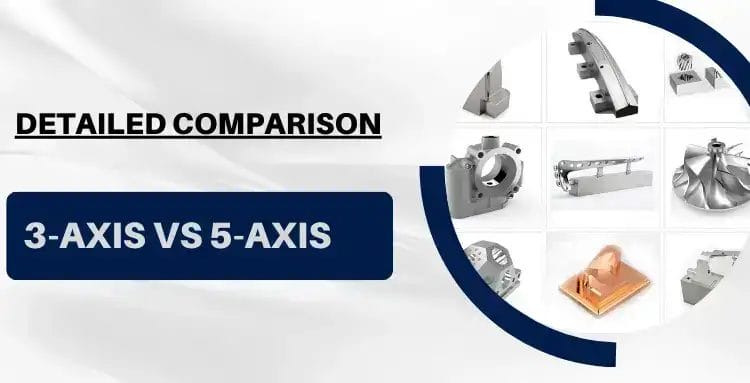
Let’s explore the features and functions of both machines in detail. Imagine you hold a pencil in your hand. A 3-axis CNC would be like writing with your wrist fixed. A 4-axis CNC is like writing with your wrist tilted. Similarly, a 5-axis CNC allows for writing while tilting or twisting your wrist. Giving these examples means, you understand how these tools work.
There are also several types of 5-axis machines. The first type has the main spindle moving in 5 axes, like a motorhead grabbing a blade for turning. The other type has the table side or material side tilted or moved. In some cases, the entire machine becomes a hinge with a 3-axis movement.
| Feature | 3-Axis CNC Machining | 5-Axis CNC Machining |
| Axis Movement | X, Y, Z (linear movements along horizontal, vertical, and depth axes) | X, Y, Z (linear movements) + A & B (rotational movements around X and Y axes) |
| Part Complexity | Suitable for simpler parts with features on multiple planes (prisms, pockets, slots) | Ideal for complex parts with intricate geometries and undercuts (molds, impellers, medical implants) |
| Setup Time | Faster setup for simpler geometries due to fewer required workpiece rotations | May require more complex setups for intricate parts to achieve all angles |
| Programming Complexity | Easier to program toolpaths due to fewer axes to consider | More complex programming due to additional rotational axes and the need to manage tool orientation |
| Cost | More affordable machines and operation | The higher upfront cost for machines |
| Applications | Prototyping Low-volume production of simple parts Basic machining operations on various materials | High-volume production of complex parts Aerospace components Medical devices Molds and dies |
| Tolerance Level | Typically ± 0.005 mm (0.0002 in) | Typically ± 0.002 mm (0.00008 in) |
| Materials | Aluminum, brass, steel, plastics, wood | Aluminum, brass, steel, plastics, wood, titanium, Inconel, and other alloys |
Pros and Cons of 3-Axis Machining

3-axis despite its low efficiency in designing complex parts remains a popular choice for low-cost projects. Below we shall discuss some of its major pros and cons:
Pros:
Affordable: Their upfront costs are lower. This feature makes it a good option for customers with low budgets.
Simple Operations: Since only three-axis work, 3-axis machine programming is easy.
Good for Simple CNC Parts: 3-axis machines can easily manufacture parts like prisms, pockets, slots, and basic engravings.
Wide Material Options: In addition to aluminum, brass, steel, plastics, and wood, 3-axis machines help you to process a variety of materials.
Cons:
Low-Performance in Complex Geometries: Since there are no rotational axes in 3-axis machines, these machines struggle in processing complex geometries.
Chances of Inaccuracies: No doubt 3-ais machines deliver tight tolerances but there can be inaccuracies too. Generally, it occurs when developing complex parts.
Pros and Cons of 5-axis CNC
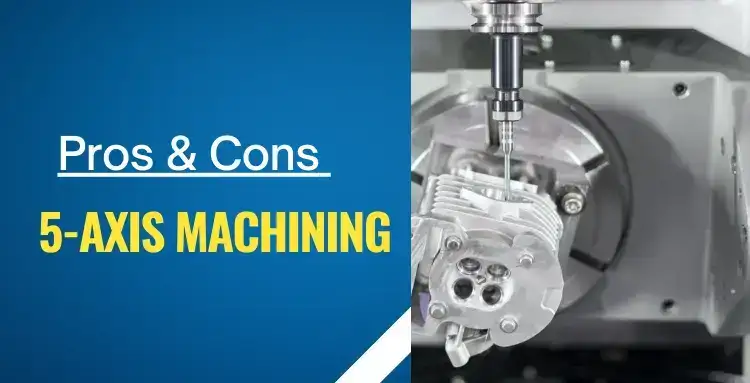
Five-axis CNC machines offer two main advantages:
- More Power:Complex features of any part require consistency. 5-axis machines deliver excellent power. These features help such machines to complete their part design smoothly. Similarly, you get other features too such as faster cutting speeds and high precision.
- 3D Machining:3D machining assists in making perfect designs. It means you can expect the best tolerance level also. Processing 3D models delivers optimum results.
However, there are also some drawbacks:
- Higher Cost:5-axis CNC machines are significantly more expensive than 3-axis machines.
- Slower Drilling:The big size and excessive weight of 5-axis machines slow down drilling speeds.
You May Also Like:
5-Axis CNC Machining Companies In The World
5-Axis CNC Machining Companies In China
How to choose between 3-axis and 5-axis CNC machining?
Which is the best machine 3-axis or 5-axis? The choice completely depends on your part requirements. We have sorted out some most practical tips to choose between the best machines. However, consulting with a professional CNC machinist can help you from beginning to end.
Part Complexity
If you want to machine simple and affordable parts, 3-axis CNC machines are the best choice. Similarly, if you want to make a complex design part, the 5-axis can easily develop tough features such as sharp angles, and undercut features.
Production Volume
3-axis machines can effortlessly manufacture low-volume prototypes. CNC machine shops do not incur higher prices. For high volume, 5-axis machines are the best. Because they can develop large-scale complex parts which ultimately reduces the single item price.
Tolerance and Cost Comparison: 3-Axis vs. 5-Axis CNC Machining (Example Parts)
Note: The price estimation is used for example. We recommend consulting your nearest CNC machining shop.
| Feature | Example Part (3-Axis) | Example Part (5-Axis) |
| Part Description | Aluminum block with pockets and slots on various faces | Curved titanium impeller with internal channels |
| Complexity | Moderate | High |
| Machine Setup | Simpler (multiple setups potentially needed) | More complex (single setup possible) |
| Tolerance (Typical) | ± 0.005 mm (0.0002 in) | ± 0.002 mm (0.00008 in) |
| Estimated Machining Time (per unit) | 2 hours | 1 hour |
| Estimated Machining Cost (per unit) | $50 | $75 |
Conclusion
If you want to remain ahead in the manufacturing business, understanding your project requirements is essential. It can lead to significant losses and parts inefficiencies too. Therefore, we suggest contacting an online CNC machining company such as Yijin Hardware. It has advanced 3-axis and 5-axis CNC achiness. Moreover, the professional staff guides you through the entire process.

 info@yijinsolution.com
info@yijinsolution.com (+86) 188-2253-7569
(+86) 188-2253-7569
